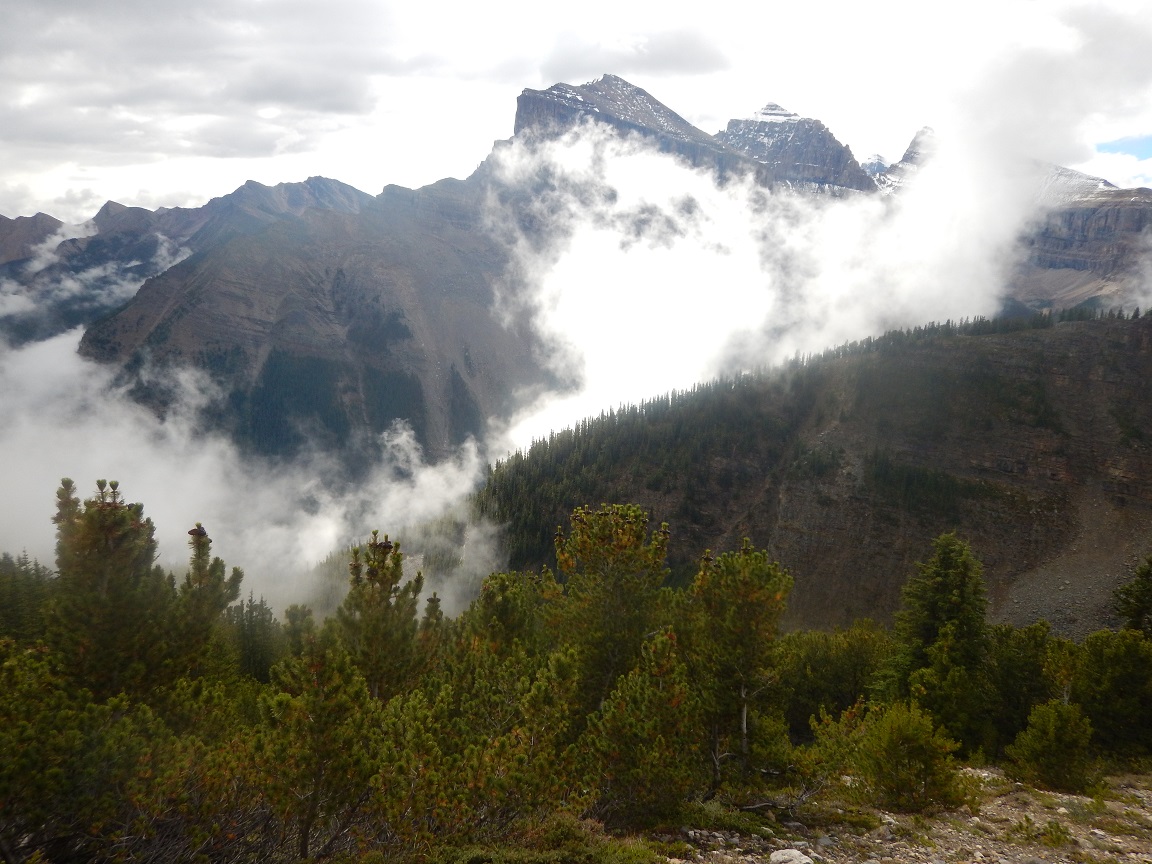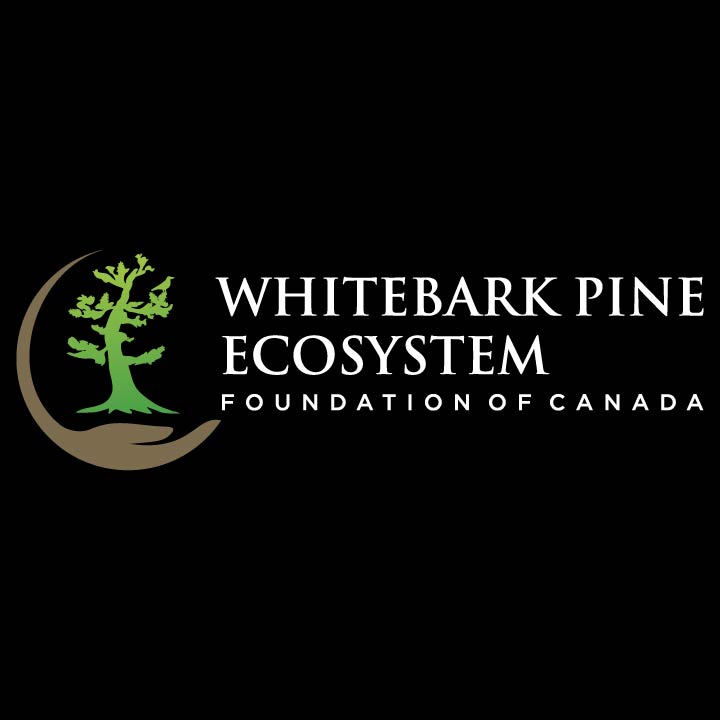
US Fish & Wildlife Service Proposes Threatened Species Status For Whitebark Pine
The U.S. Fish and Wildlife Service proposed that whitebark pine should be listed as a threatened species, making the pine the most widespread tree listed under the Endangered Species Act.
Whitebark pines are native to high-elevation forests across the western United States and Canada. Despite their large range, whitebarks are rapidly vanishing due to white pine blister rust fungus, an introduced disease that has wiped out up to 90% of the pines in many northern forests. At the same time, climate change is exacerbating droughts, wildfires, and bark beetle outbreaks, which weaken and kill whitebarks, and alter their range.
Whitebark pines are a keystone species, creating critical plant and wildlife habitat on otherwise barren mountain slopes. Their fat-rich seeds are a crucial component of many animals’ diets, including grizzly bears. The pines’ umbrella-like growth shades snow and creates natural snow banks, helping to ensure a steady release of water in the spring.
The Whitebark Pine Ecosystem Foundation and American Forests welcomed the decision. Since 2016, the two nonprofits have collaborated with the U.S. Forest Service on the National Whitebark Pine Restoration Plan, a cooperative partnership among federal agencies and nongovernmental organizations to plan, fund and implement large-scale restoration of the whitebark pine.
“This is a watershed proposed listing given the immense size of the species’ range, and the severity and complexity of its threats. Whitebark pine is the poster child for the extreme harms of exotic disease and climate change. Luckily, we have the tools and capability to make whitebark populations more resilient. The National Whitebark Pine Restoration Plan, which will implement these restoration tools, offers a new model for forest restoration and management,” says Dr. Diana F. Tomback, the Whitebark Pine Ecosystem Foundation’s policy & outreach coordinator, and a professor of integrated biology at the University of Colorado Denver.
“Critical to the species’ survival is finding, growing and planting whitebark pines that are resistant to blister rust fungus. Disease-screening programs have shown tremendous promise. American Forests has already helped to plant 500,000 disease-resistant whitebark seedlings. The “threatened” listing brings much need attention and resources to the restoration effort,” says Eric Sprague, American Forests’ vice president of forest restoration.
You can download the press release here, and here is an Associated Press article.
Contact Julee Shamhart (julee.shamhart@whitebarkfound.org) for additional information and photos for use.


